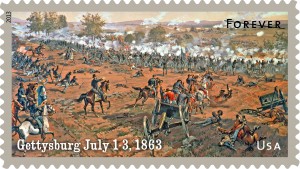Attorney General Candidates Raise Profile of Low-Key Race in Eckstein Hall Debate
Near the end of an hour-long debate Sunday between the two candidates for Wisconsin attorney general, moderator Mike Gousha asked if either wanted to bring up something that hasn’t gotten enough attention during the campaign.
Democrat Susan Happ, the district attorney of Jefferson County, answered first and talked about consumer protection.
Republican Brad Schimel, district attorney of Waukesha County, answered that the entire race hadn’t gotten enough attention. It’s an important race, he said, and there should be more awareness of it.
Indeed, the race has not sparked widespread public attention. A Marquette Law School Poll released on Oct 1 found that about four out of five of those polled did not have an opinion of either Schimel or Happ. Overall, the race was close, according to the poll, but people expressed an opinion on who they would vote for only in response to a question that identified each candidate by party.
With a little over three weeks to go until the Nov. 4 election, the debate Sunday, in the Appellate Courtroom of Eckstein Hall, may have helped give awareness of the race a boost. The debate, co-sponsored by Marquette Law School and WISN-TV, was broadcast live across Wisconsin. The candidates are scheduled to take part in two more debates.

